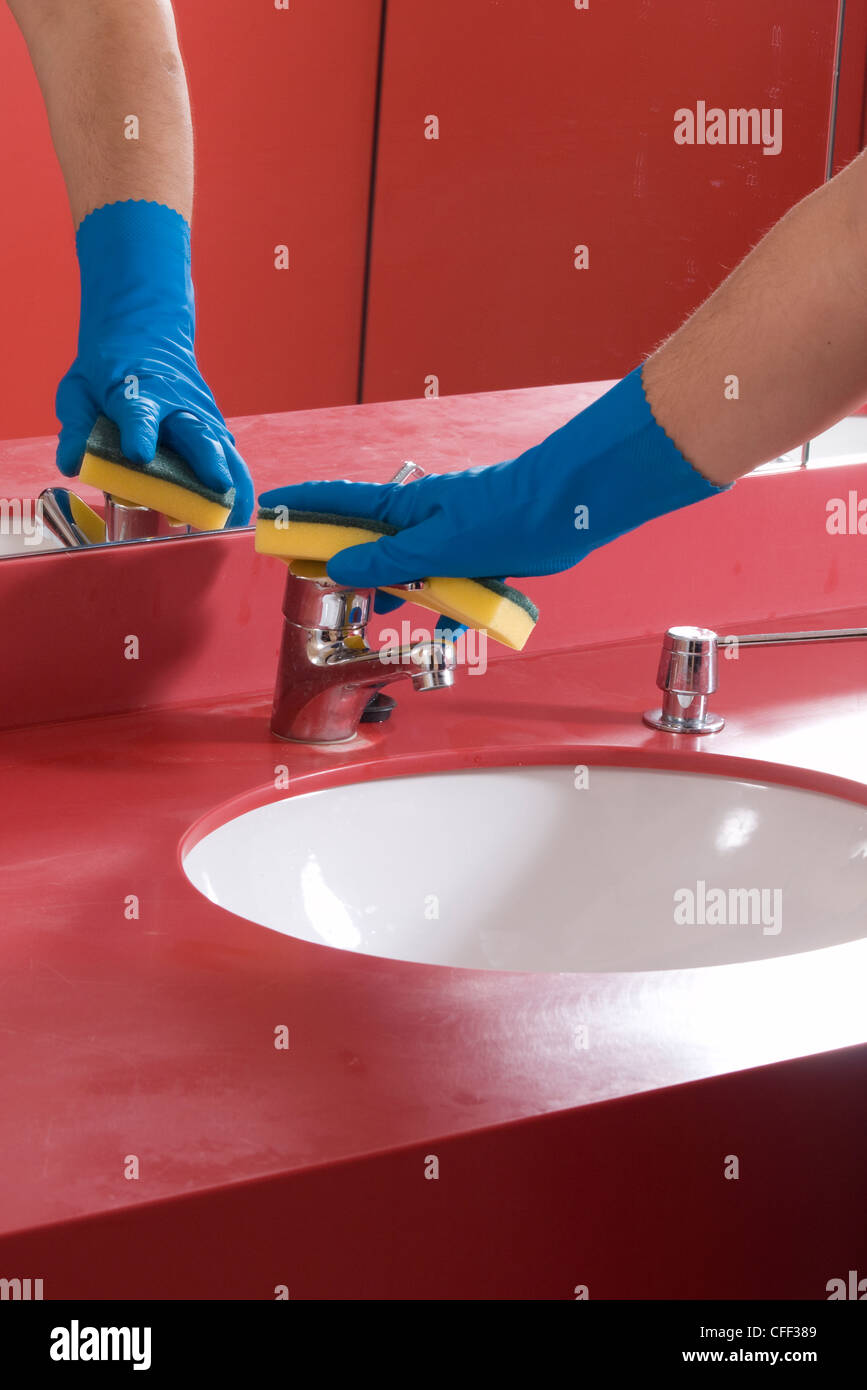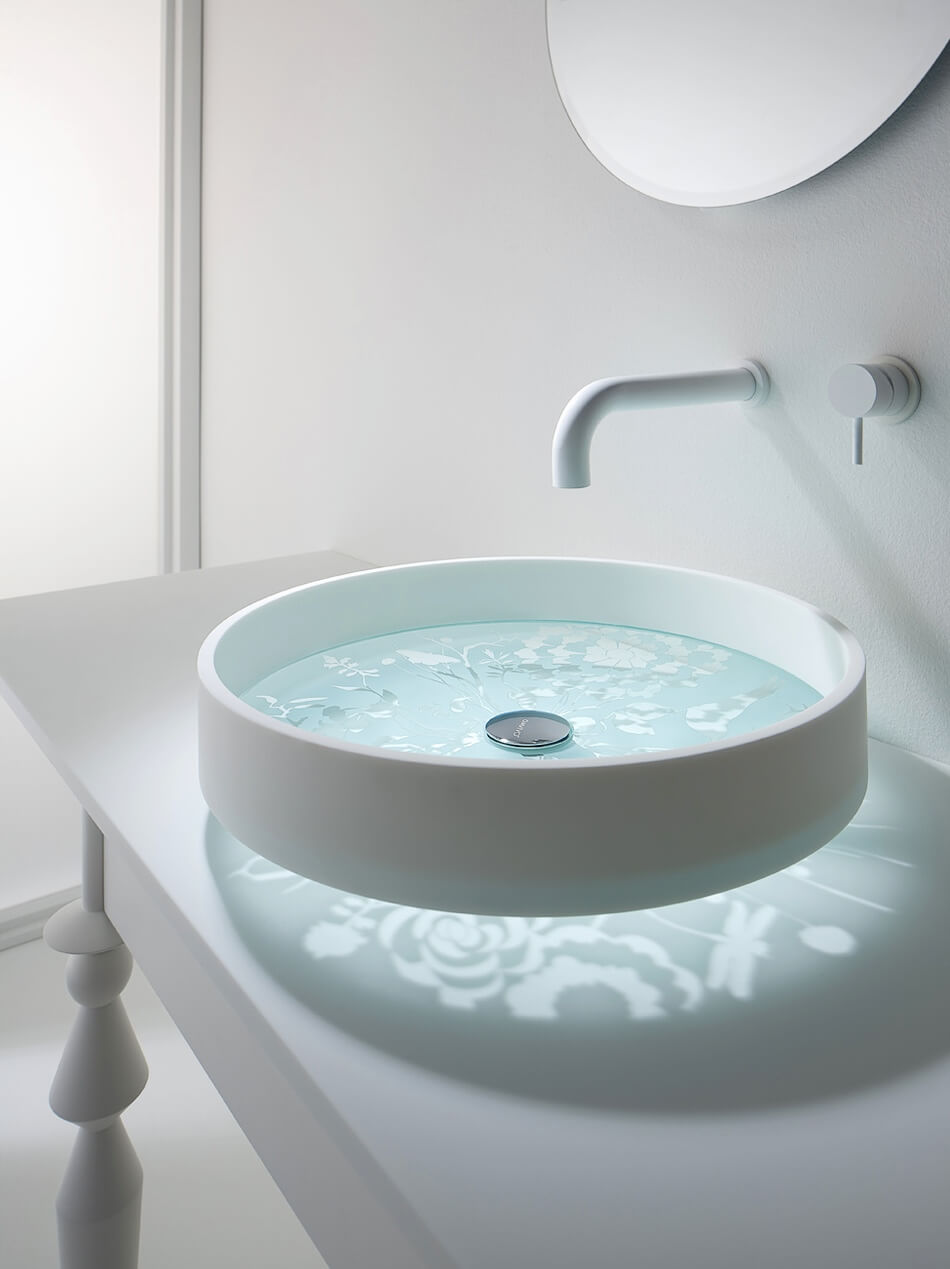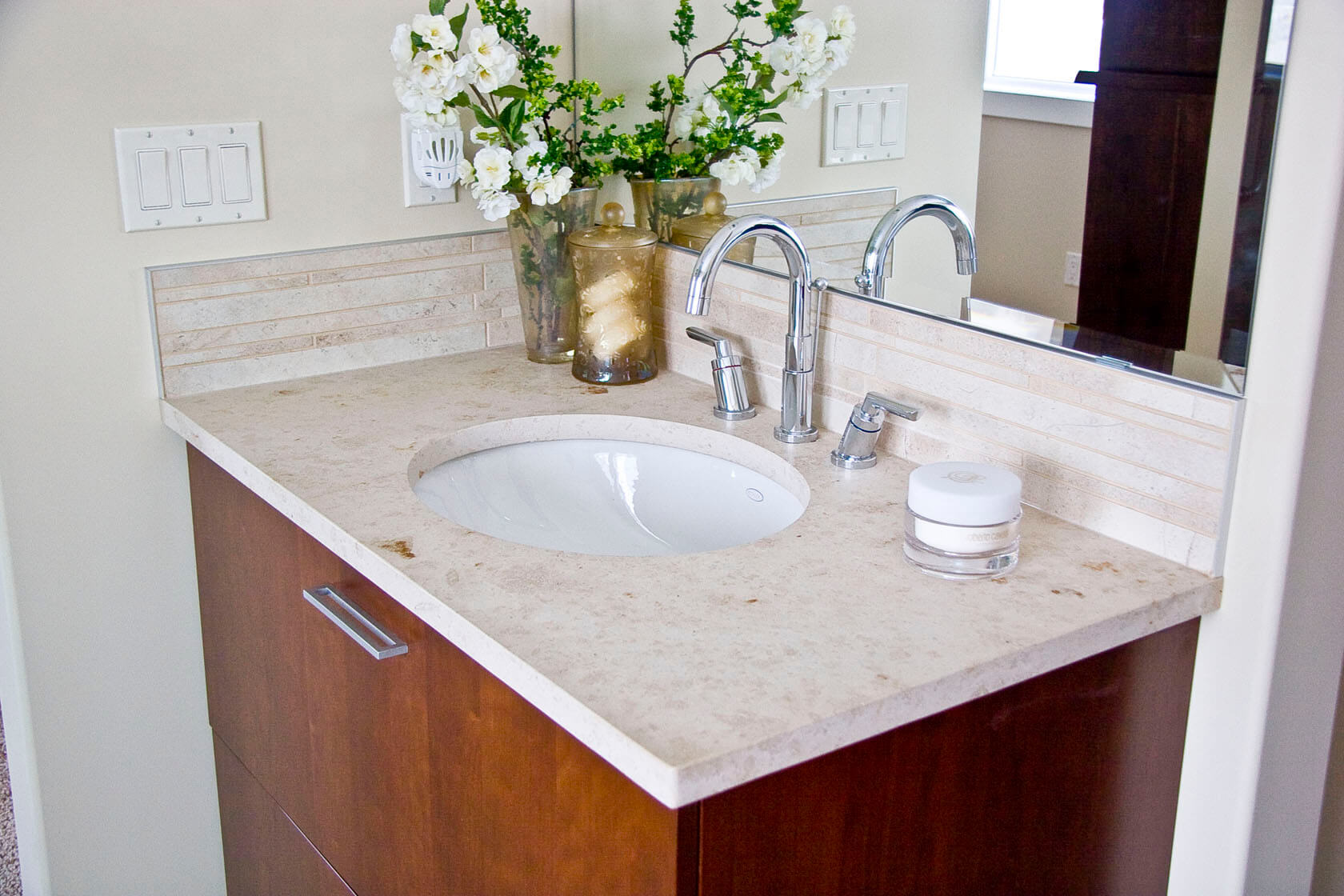If you're installing a new bathroom sink, you may be wondering if a gasket is necessary. The short answer is yes, a gasket is an essential component for your bathroom sink. Not only does it help create a watertight seal, but it also provides stability and prevents leaks. Let's explore the importance of a gasket for your bathroom sink in more detail. Do you need a gasket for a bathroom sink?
A gasket is a thin, flexible material that is placed between the sink and the countertop. It acts as a barrier between the two surfaces, preventing water from seeping through and causing damage. Without a gasket, water can get trapped between the sink and countertop, leading to mold, mildew, and even rot. Additionally, a gasket helps to secure the sink in place, preventing it from shifting or becoming loose over time. Importance of a gasket for bathroom sink
Installing a gasket on a bathroom sink is a simple process that can be done in a few easy steps. First, clean the area where the gasket will be placed, removing any old adhesive or debris. Then, apply a thin layer of silicone sealant to the underside of the sink. Next, carefully place the gasket on top of the sealant, making sure it is centered and even. Finally, press down firmly on the sink to secure the gasket in place. How to install a gasket on a bathroom sink
There are many benefits to using a gasket on your bathroom sink. As mentioned, it helps create a watertight seal, preventing leaks and water damage. It also provides stability for the sink, reducing the risk of it becoming loose or shifting over time. Additionally, a gasket can help absorb vibrations and reduce noise from the sink. It also acts as a cushion between the sink and countertop, preventing damage to either surface. Benefits of using a gasket on a bathroom sink
While gaskets are an essential component for bathroom sinks, they can also experience problems over time. One common issue is wear and tear, which can cause the gasket to become brittle and ineffective. This can lead to leaks and water damage if not addressed. Additionally, gaskets can become dislodged or misaligned, causing the sink to be unstable. Regular maintenance and replacement of gaskets can help prevent these issues. Common problems with gaskets on bathroom sinks
If you notice any issues with your gasket, it's important to replace it as soon as possible to prevent further damage. To replace a gasket, start by removing the sink from the countertop. Then, carefully remove the old gasket and clean the area. Follow the installation steps mentioned earlier to install a new gasket. Finally, place the sink back on the countertop and secure it in place. How to replace a gasket on a bathroom sink
There are several types of gaskets available for bathroom sinks, including rubber, foam, and silicone. Rubber gaskets are the most common and are durable and flexible. Foam gaskets are softer and can provide a better seal, but they may need to be replaced more frequently. Silicone gaskets are highly resistant to water and can provide a tight seal, but they can be more challenging to install. Types of gaskets for bathroom sinks
To ensure your gasket continues to function properly, it's essential to perform regular maintenance. This includes cleaning the area around the gasket regularly to prevent the buildup of debris and grime. It's also important to check for any wear or damage and replace the gasket as needed. Proper maintenance can help prolong the lifespan of your gasket and prevent potential issues. Proper maintenance for gaskets on bathroom sinks
Some people may question whether a gasket or caulk is better for a bathroom sink. While both can provide a watertight seal, gaskets are typically the preferred option. Gaskets are specifically designed for this purpose and can provide a more secure and durable seal compared to caulk. However, some may choose to use both for extra protection. Gasket vs caulk for bathroom sinks
When selecting a gasket for your bathroom sink, there are a few factors to consider. First, make sure to choose the correct size and shape to fit your sink. Additionally, consider the material and its durability. It's also helpful to read reviews and choose a reputable brand. If you're unsure, consult with a professional for their recommendation. In conclusion, a gasket is an essential component for your bathroom sink. It helps create a watertight seal, provides stability, and prevents common problems such as leaks and water damage. Regular maintenance and proper installation can ensure your gasket continues to function effectively. So don't overlook the importance of a gasket for your bathroom sink and make sure to choose the right one for your needs. How to choose the right gasket for your bathroom sink
Why a Gasket on Bathroom Sink is Necessary for Proper House Design
Ensures a Tight Seal
 When it comes to bathroom sinks, a gasket may seem like a small and insignificant component. However, it plays a crucial role in ensuring a tight seal between the sink and the countertop. Without a gasket, there is a high chance of water leaking out and causing damage to the surrounding areas. Additionally, a proper seal also prevents any unwanted smells from seeping out from the drain.
Pro tip:
Opt for a high-quality gasket made from materials such as rubber or silicone for maximum durability and effectiveness.
When it comes to bathroom sinks, a gasket may seem like a small and insignificant component. However, it plays a crucial role in ensuring a tight seal between the sink and the countertop. Without a gasket, there is a high chance of water leaking out and causing damage to the surrounding areas. Additionally, a proper seal also prevents any unwanted smells from seeping out from the drain.
Pro tip:
Opt for a high-quality gasket made from materials such as rubber or silicone for maximum durability and effectiveness.
Prevents Water and Mold Damage
 Another reason why a gasket on a bathroom sink is necessary for proper house design is that it helps prevent water and mold damage. Without a tight seal, water may seep into the space between the sink and the countertop, causing damage over time. This can lead to costly repairs and renovations in the future. Additionally, a gasket also prevents mold from growing in this damp area, keeping your bathroom safe and hygienic.
Pro tip:
Regularly check and replace your gasket if it shows signs of wear and tear to avoid any potential damage.
Another reason why a gasket on a bathroom sink is necessary for proper house design is that it helps prevent water and mold damage. Without a tight seal, water may seep into the space between the sink and the countertop, causing damage over time. This can lead to costly repairs and renovations in the future. Additionally, a gasket also prevents mold from growing in this damp area, keeping your bathroom safe and hygienic.
Pro tip:
Regularly check and replace your gasket if it shows signs of wear and tear to avoid any potential damage.
Improves Aesthetic Appeal
 Aside from its functional purposes, a gasket can also contribute to the overall aesthetic appeal of your bathroom. With a well-fitted gasket, your sink will have a clean and seamless look, adding to the overall design of your house. Plus, gaskets come in various sizes and colors, making it easier to find one that matches your bathroom's design and style.
Pro tip:
Consider using a transparent or color-matching gasket to create a cohesive and visually appealing look.
In conclusion, a gasket on a bathroom sink may seem like a small and insignificant detail, but it is an essential component in ensuring a well-designed and functional bathroom. Not only does it provide a tight seal, but it also prevents water and mold damage and adds to the overall aesthetic appeal of your house. So, when designing your bathroom, make sure not to overlook the importance of a gasket.
Aside from its functional purposes, a gasket can also contribute to the overall aesthetic appeal of your bathroom. With a well-fitted gasket, your sink will have a clean and seamless look, adding to the overall design of your house. Plus, gaskets come in various sizes and colors, making it easier to find one that matches your bathroom's design and style.
Pro tip:
Consider using a transparent or color-matching gasket to create a cohesive and visually appealing look.
In conclusion, a gasket on a bathroom sink may seem like a small and insignificant detail, but it is an essential component in ensuring a well-designed and functional bathroom. Not only does it provide a tight seal, but it also prevents water and mold damage and adds to the overall aesthetic appeal of your house. So, when designing your bathroom, make sure not to overlook the importance of a gasket.
































































































